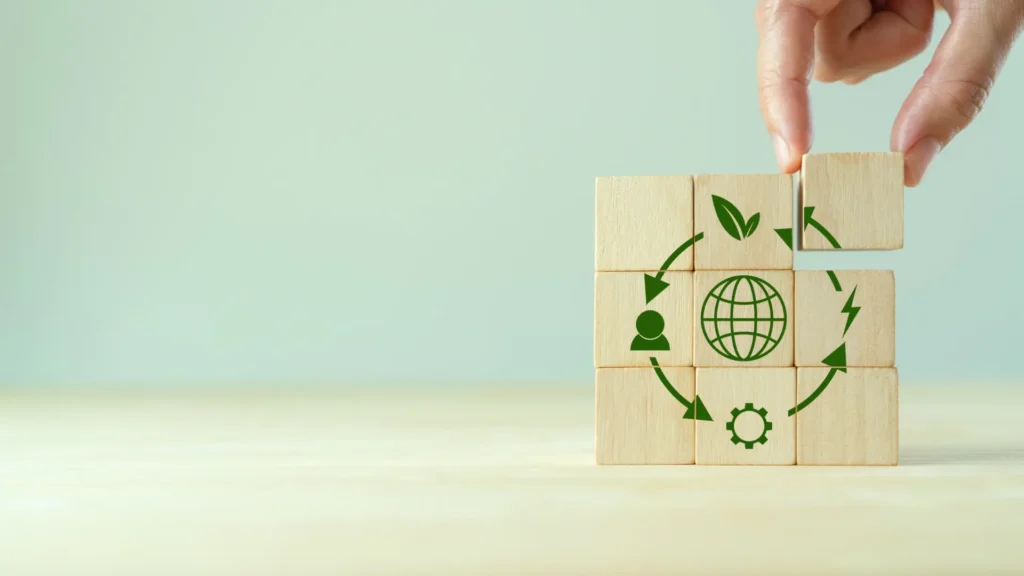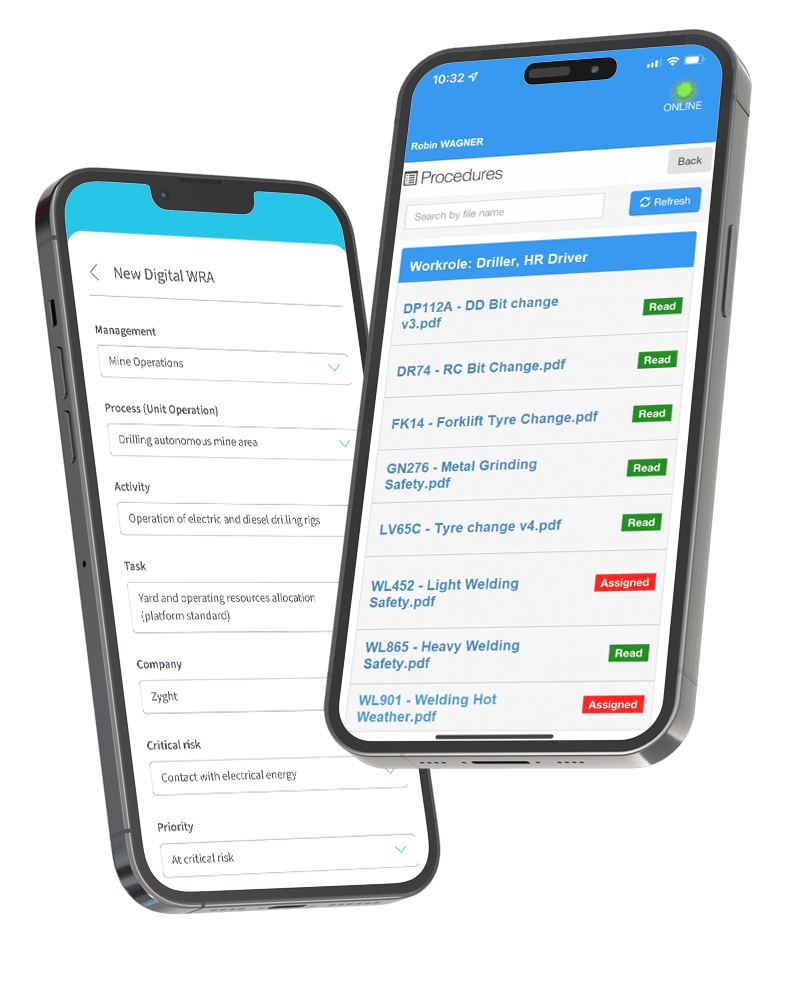What is the Circular Economy?
The circular economy is a sustainability-driven model that minimizes waste and maximizes resource efficiency. Unlike the traditional linear economy—which follows a “take, make, dispose” approach—the circular economy emphasizes reuse, recycling, and regeneration of materials. This model reduces environmental impact while fostering long-term business resilience.
Key Principles of a Circular Economy
To successfully transition to a circular economy, businesses must adopt the following core principles:
- Design for Longevity – Products should be built for durability, repairability, and recyclability.
- Waste as a Resource – Materials should be repurposed or reintegrated into production cycles.
- Regenerative Systems – Natural systems should be restored rather than depleted.
- Closed-Loop Supply Chains – Resources should circulate within the economy, minimizing extraction.
- Collaboration Across Industries – Businesses, governments, and consumers must work together to create sustainable systems.
Transitioning from Linear to Circular Models
Moving from a linear economy to a circular business model requires a structured approach:
- Assess Current Waste Streams – Identify inefficiencies in material use and disposal.
- Redesign Products and Processes – Implement eco-friendly materials and manufacturing techniques.
- Adopt Circular Supply Chains – Partner with suppliers focused on sustainability.
- Implement Take-Back Programs – Encourage customers to return used products for recycling.
- Leverage Data for Optimization – Use digital platforms to track resource use and waste reduction.
By following these steps, businesses can enhance efficiency, reduce costs, and improve regulatory compliance while contributing to environmental sustainability.
Technology's Role in Circular Economy Implementation
Digital solutions play a critical role in monitoring materials, tracking waste, and optimizing resource use. Key technologies include:
- Blockchain – Enhances supply chain transparency, ensuring responsible sourcing.
- IoT Sensors – Monitor resource consumption and waste in real time.
- AI & Big Data – Predict waste generation patterns and improve efficiency.
- Cloud-Based Platforms – Enable collaboration between stakeholders for circular initiatives.
These innovations help businesses measure progress and stay compliant with sustainability regulations.
How iSystain Supports Circular Economy Initiatives
iSystain is a sustainability software solution that helps organizations transition to circular business models. Its features include:
- Material Tracking & Lifecycle Analysis – Monitors resource flows and waste reduction.
- ESG & Sustainability Reporting – Automates compliance with environmental standards.
- Waste & Recycling Management – Streamlines waste reduction strategies.
- Supply Chain Due Diligence – Ensures ethical and sustainable sourcing.
Adopting a circular economy model is essential for long-term business success and environmental sustainability. Companies that embrace circular principles can reduce waste, lower costs, and meet regulatory demands while driving innovation.
With technology-driven solutions like iSystain, organizations can efficiently implement and track circular economy initiatives, ensuring measurable impact and compliance with global sustainability standards.


